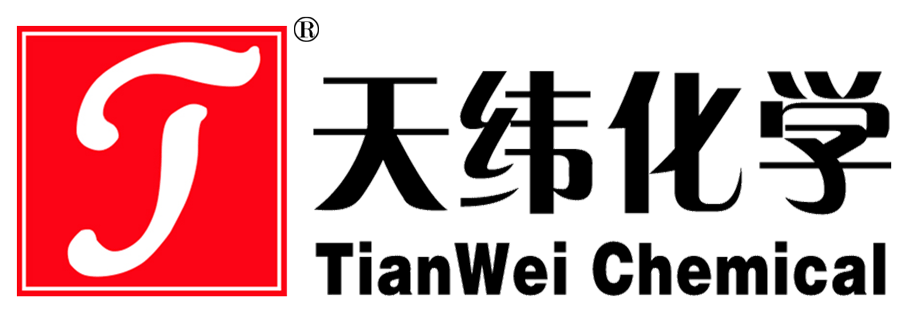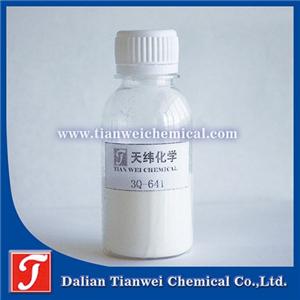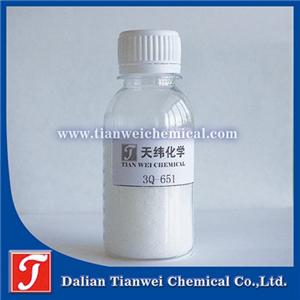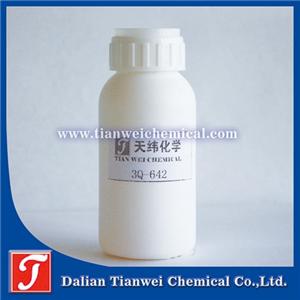The application of antibacterial agents in the production of medical catheters
In the medical field, catheters, as key devices connecting the inside and outside of the human body or different parts within the body, are widely used in scenarios such as drainage, drug administration, interventional diagnosis and treatment, and monitoring. However, the direct contact of the catheter with body fluids and blood makes it a breeding ground for microorganisms, significantly increasing the risk of nosocomial infection. According to statistics, the global medical expenses caused by catheter-related infections exceed several billion US dollars each year, among which urinary tract infections associated with catheters and central venous catheter-related bloodstream infections account for a relatively high proportion. Therefore, adding antibacterial agents in catheter production has become a core strategy for enhancing medical safety.
I. The Core Role of Antibacterial Agents in Catheter Production
Antibacterial agents achieve highly efficient sterilization or bacteriostatic effects by disrupting the structure of bacterial cell membranes, interfering with metabolic processes, or inhibiting the formation of biofilms. Its application value is reflected in three aspects:
Reduce infection risk: Clinical data shows that catheters with silver-containing antibacterial coatings can reduce the incidence of urinary tract infections by 40% to 60% and the infection rate of central venous catheters by more than 30%.
Extend the service life of the catheter: The antibacterial coating can inhibit the formation of biofilms and reduce the risk of catheter blockage. For instance, dialysis catheters containing ε -polylysine can maintain antibacterial activity for 14 days in a simulated urine environment, which is three times longer than that of traditional catheters.
Optimize clinical operations: Super-lubricating antibacterial coatings (such as polyurethane acrylate + hyaluronic acid composite systems) can reduce catheter insertion force by 60%, minimize tissue damage, and enhance patient comfort.
Ii. Technical Path for the Addition Process of Antibacterial Agents
1. Material blending extrusion method
It is applicable to thermoplastic materials such as polyurethane (TPU) and polyethylene (PE). Take polyurethane conduits as an example:
Formula design: Mix 0.3%-1% modified montmorillonite or ionic liquid type antibacterial agent with polyurethane granules, and add 300μL of white oil as a lubricant.
Process parameters: The temperature of zones one to six of the twin-screw extruder is set at 165℃-185℃, the melt temperature is 185℃, and the screw speed is 80r/min. The uniform dispersion of the antibacterial agent is achieved through melt blending, with the particle size controlled below 5μm to prevent the decline of mechanical properties.
Case application: The antibacterial central venous catheters produced by a certain enterprise using this method have been tested to achieve a 99.2% inhibition rate against Staphylococcus aureus and a 15% increase in burst strength.
2. Surface coating technology
Including plasma activation, spraying, impregnation and other processes, it is suitable for surface modification of already formed conduits
Plasma treatment: Utilizing N or O plasma to activate the surface of the catheter and enhance the adhesion of the coating. For instance, after plasma treatment, the contact Angle of the PP conduit is reduced from 70° to 33°, and its hydrophilicity is significantly enhanced, providing a good interface for subsequent coatings.
Antibacterial coating spraying: A composite solution of polyurethane acrylate and functional polymers (such as PVP, hyaluronic acid) is used, which is cured by ultraviolet light to form a low-friction coating. At the same time, phosphorylated nano-silver (particle size 20-50nm) is loaded to achieve antibacterial function. This process can control the silver ion release rate on the surface of the catheter at 0.5μg/cm²/ day and continuously inhibit bacteria for more than 14 days.
Multi-layer composite coating: Combining passive antibacterial (physical barrier) and active antibacterial (fungicide release) strategies. For instance, the "C/SiO2 protective layer + antibacterial polymer" composite coating developed by a certain enterprise can resist dissolution in human urine for 14 days, while maintaining an inhibition rate of over 98% against Escherichia coli.
3. Mold immersion method
It is suitable for high-precision catheter production and achieves directional deposition of antibacterial agents through surface pretreatment of molds.
Mold activation: The catheter casting mold is successively rinsed with sodium citrate solution and ultrapure water, dried at 65℃, and then impregnated with an activator containing polyethylene glycol and sodium alginate to form an antibacterial agent adsorption layer.
Material stock solution impregnation: Mix materials such as ethylene propylene fluoride (FEP) and ethylene tetrafluoroethylene (ETFE) with chlorhexidine and silver oxide, heat to 70-75℃ to form a homogeneous solution, then impregnate the mold for 60-90 seconds and take it out.
Freeze-curing demolding: Rapid cooling and curing are achieved through liquid nitrogen spraying (-15℃ to -20℃). After demolding, the tube continues to cure for 5 hours to ensure dimensional stability. The dynamic friction coefficient of the catheters produced by this method is as low as 0.08, and the antibacterial rate against Candida albicans reaches 99.5%




